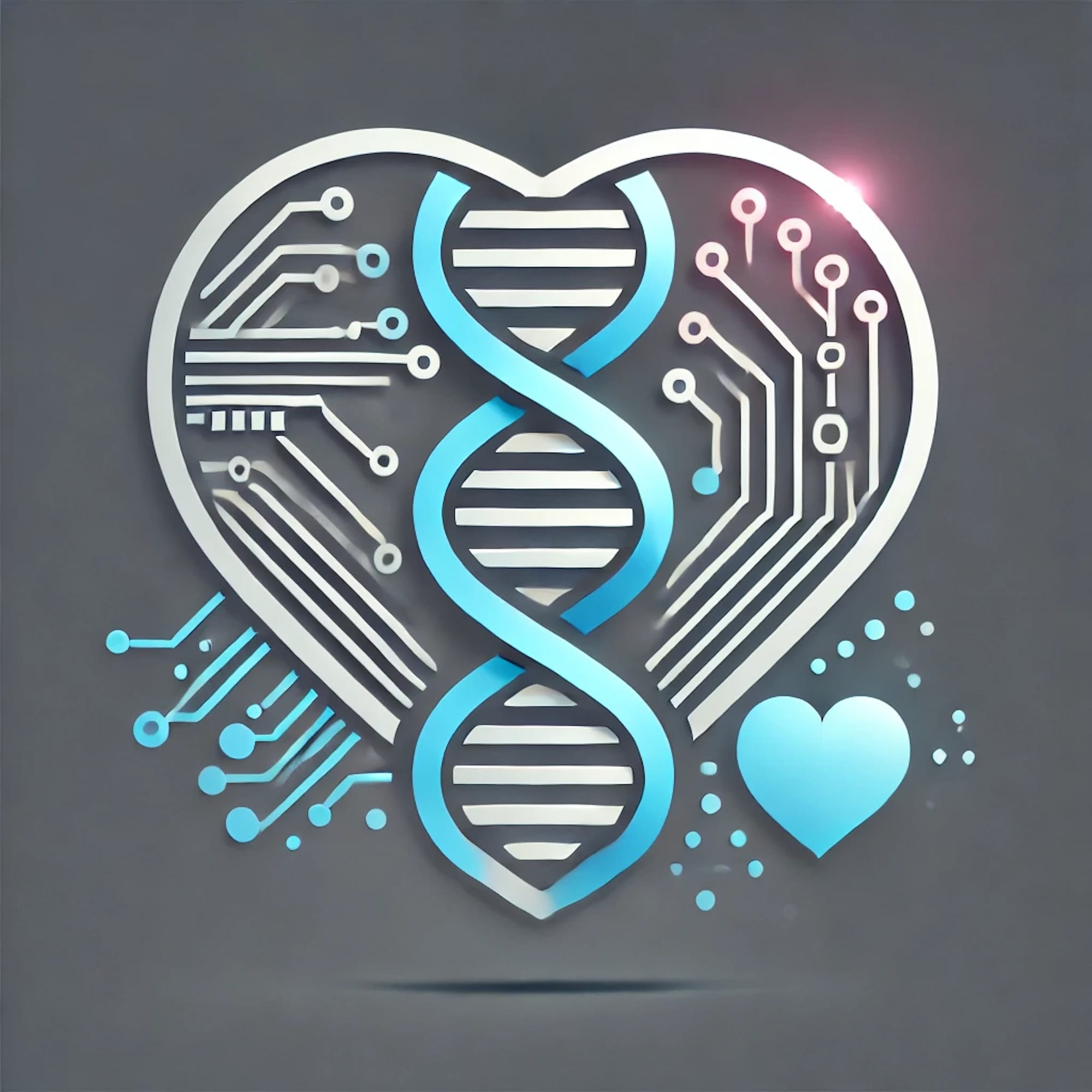Children as Early Adopters of AI: A Window into the Future

When my nine-year-old daughter sat down to chat with Santa via AI, I wasn’t sure what to expect. AI-powered voice chat is still a budding technology, often clunky or too rigid to keep up with freewheeling children. Yet as she spoke, I noticed something remarkable: she approached the AI with complete naturalness, discussing her Christmas gift ideas, life in Hawaii, and even personal challenges. This interaction not only highlighted her ease with the technology but also raised a question—are children becoming the pioneers of AI interaction?
The AI Playground
Children have an innate ability to explore without the constraints of skepticism or preconception. Unlike adults, who often approach AI with hesitation, kids jump in headfirst, treating these interactions as just another way to engage with their environment. My daughter eagerly tested the AI’s limits, telling Santa about her holiday performances and sharing Hawaiian words. Even when the AI struggled, she navigated these moments with patience and curiosity.
This uninhibited engagement underscores how children could become key users and testers of AI technology. Developers have much to learn from observing how kids interact with conversational agents: naturally, curiously, and without the barriers adults might impose.
AI as a Conversational Partner
While my own attempts at voice interactions with AI often feel stilted, my daughter’s chat with Santa flowed effortlessly. She treated the AI like a real conversational partner, delighted by its ability to respond to her thoughts and ideas. This reflects a key insight: children are far more willing to view AI as a peer rather than as a tool.
This dynamic isn’t just fascinating; it’s formative. Children are growing up in an era where AI can be a companion, tutor, or even confidant. As AI improves, its role in their lives could expand, fostering creativity, problem-solving, and emotional expression. However, we must guide these interactions thoughtfully to balance opportunity with caution.
OpenAI vs. Meta AI: A Tale of Two Experiences
In my daughter’s exploration of AI Santa, we tried two platforms: OpenAI and Meta AI. OpenAI’s voice chat started promisingly, with a rich and authentic Santa voice that initially captivated her. However, the experience quickly faltered as the system frequently misunderstood her, flagged harmless phrases as policy violations, and abruptly stopped responding. This disrupted the interaction and caused her to lose focus.
In contrast, Meta AI’s Santa, while lacking a quintessential “Santa voice,” kept up with her rapid-fire questions and diverse topics. It engaged fully, offering concise and thoughtful replies. Even when it struggled with Hawaiian words or cultural references, it maintained the conversation’s momentum without resetting or cutting her off. This consistency allowed her to share more—from gift ideas to personal challenges—and feel heard in a way OpenAI’s platform couldn’t achieve.
The comparison revealed a critical difference: while OpenAI excelled in creating a convincing voice, Meta AI succeeded in fostering a resilient and engaging conversation. For children, the latter—the ability to sustain dynamic exchanges—is often more meaningful than technical polish.
The Generational Shift
For parents like me, the ease with which our children engage with AI can be eye-opening. We tend to approach AI with caution, shaped by concerns about privacy, accuracy, and its potential impact on human connections. Meanwhile, our children’s lack of these preconceptions enables them to embrace AI with curiosity and optimism.
This generational shift in comfort with technology could have far-reaching implications. Kids who see AI as a natural part of their world might grow into adults who seamlessly integrate it into their personal and professional lives. They could also drive demand for more inclusive and responsive AI systems.
Benefits of AI for Children
The potential benefits of AI for children are vast. AI can serve as an engaging educational tool, adapting to individual needs and helping kids master subjects at their own pace. It can inspire creativity, sparking new ways of self-expression through storytelling, art projects, or interactive play. For example, my daughter’s conversation with AI Santa led her to dream up unique gift ideas and share plans for holiday performances—an exchange that might not have occurred otherwise.
AI also offers emotional support. My daughter’s willingness to discuss personal challenges with AI Santa highlighted its potential as a nonjudgmental listener. This could be invaluable for shy children or those who struggle with traditional communication methods, fostering self-confidence and emotional growth.
Additionally, engaging with AI helps children develop critical thinking skills. By asking questions, testing the AI’s responses, and engaging in problem-solving conversations, kids can learn to think analytically and creatively.
Challenges to Overcome
Of course, there are limitations. During her conversation, my daughter encountered moments when the AI failed to understand Hawaiian words or cultural nuances. These gaps remind us that AI, while advanced, is not yet truly inclusive or universal. Developers must work to address these shortcomings to create systems that reflect the diversity of human experiences.
Another challenge is ensuring that children remain critical of AI. While they adopt the technology eagerly, they may lack the awareness to question its limitations or biases. Parents and educators play a vital role in teaching kids to approach AI with curiosity balanced by discernment.
A Cautiously Optimistic Future
As I watched my daughter’s conversation with Santa unfold, I felt both optimism and caution. Her generation’s comfort with AI offers a glimpse into a future where humans and machines collaborate seamlessly. Yet it’s crucial to guide this partnership thoughtfully, ensuring it is built on creativity, inclusivity, and a deep understanding of AI’s potential and pitfalls.
For now, I marvel at her ease and enthusiasm, learning from her as she embraces a technology that still feels novel to me. The future isn’t just coming—our kids are already living it. But as we watch this new generation grow alongside AI, one question remains: how do we ensure these technologies enhance their lives without overshadowing the human connections they hold dear?
Listen to the Podcast






